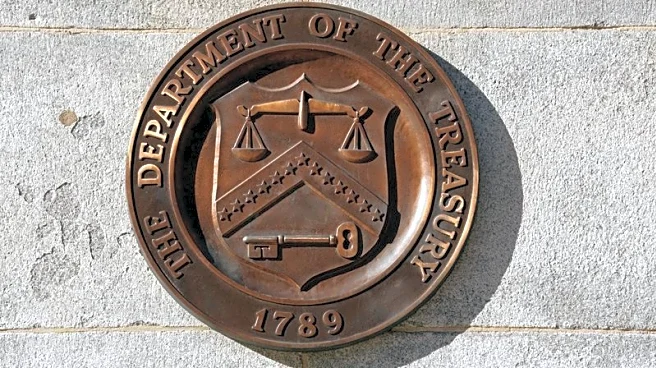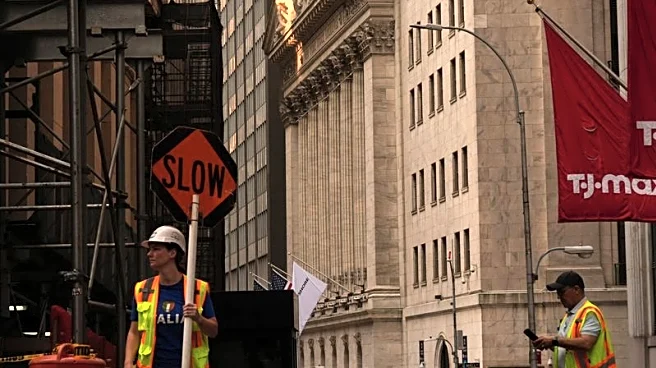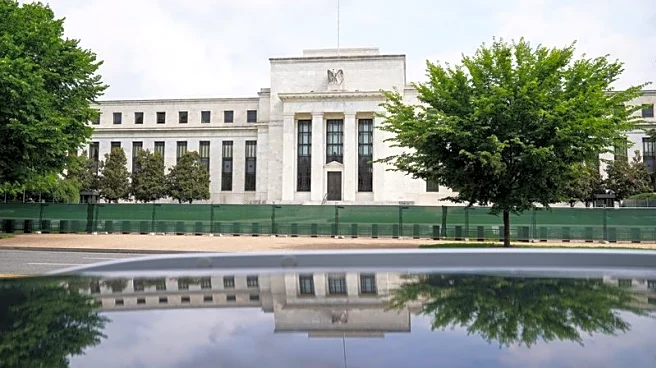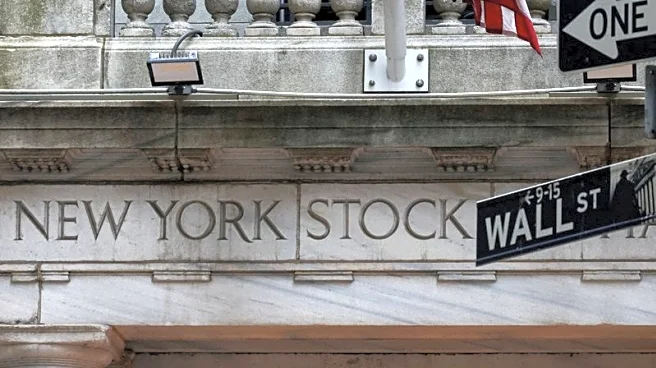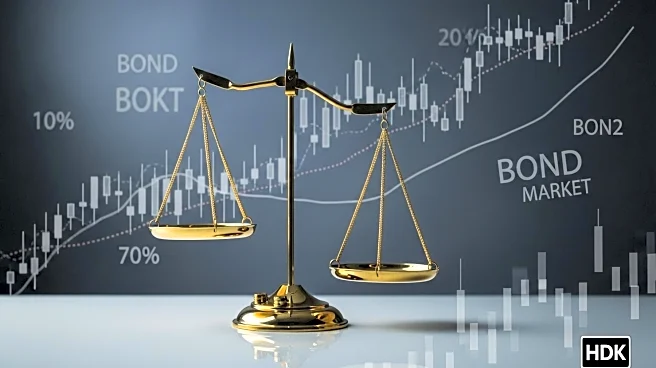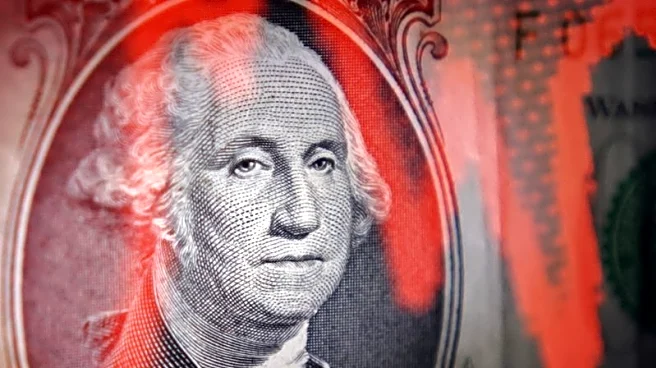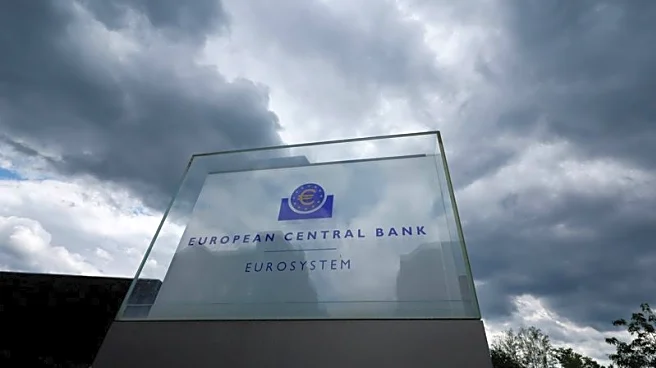By Niket Nishant and Manya Saini
(Reuters) -The U.S. Treasury yield curve, a crucial barometer of how the economy is doing, has steepened on fears of mounting public debt, President Donald Trump's attempts to exert control over the Federal Reserve and his aggressive tariff policies.
The shift has direct implications for banks' net interest income and shapes their lending decisions, since banks borrow short-term and lend long-term, relying on the spread between the two for profits.
Here's a closer look
at what the recent developments could mean for lenders:
WHAT IS THE YIELD CURVE? AND WHEN DOES IT STEEPEN?
Investors look at different slices of the yield curve, which plot the difference between interest rates on short-term and long-term government debt. It is often used as a signal of the economy's trajectory.
When investors expect interest rates will soon be lowered, they buy bonds with shorter maturities to lock in current rates. That pushes down the yields on these bonds, since yields move inversely to bond prices.
Expectations of aggressive rate cuts, on the other hand, also increase fears of higher inflation over time, prompting investors to demand higher yields on longer-dated bonds.
Normally, short-term Treasury yields are lower than long-dated ones. Periodically, for instance, when the Federal Reserve is tightening monetary policy to curb inflation, the curve will flatten. It can also invert when short-term rates move above long-term yields.
This week, the most closely watched section of the curve that measures the spread between yields on the two-year and 10-year Treasury notes hit its steepest since April. [US/]
HOW DOES THIS IMPACT BANKS?
Banks borrow money at short-term rates and lend at long-term rates, so they tend to benefit when the yield curve steepens.
A wider gap boosts lenders' net interest margins, the difference between the rates they earn on loans and pay on deposits, and lowers their cost of deposits.
Therefore, the steepening of the yield curve could encourage banks to lend more, which in turn supports economic growth.
"Simply put, a steeper yield curve is a vote of confidence in the economy. It translates to business and consumer optimism and a greater likelihood to borrow," said Myra Thomas, banking analyst at eMarketer.
Still, steepening could deepen banks' unrealized losses as rising long-term yields erode the value of their bond holdings.
U.S. commercial banks own $7.3 trillion worth of government bonds and mortgage-backed securities, as of August 20, Federal Reserve data showed.
WHICH BANKS ARE BEST POSITIONED FOR GROWTH?
Regional banks, which have lagged the broader market, may be better positioned to benefit from a steepening yield curve as their business models rely more heavily on lending.
"Over the longer term, modestly lower rates should help support valuations for regional and mid-cap banks," analysts at Jefferies wrote in a note.
However, that reliance also exposes them to greater risk if borrowers' financial health weakens and the labor market slows.
"The tricky thing is if default rates rise. Many banks have moved towards leaning on fee income instead of net interest income," said Brian Jacobsen, chief economist at Annex Wealth Management.
Larger lenders, in particular, have diversified into investment banking over the years, giving them a buffer when loan demand slows.
DOES A STEEP YIELD CURVE GUARANTEE GROWTH?
While a steeper yield curve is typically good news for banks, it does not guarantee economic growth if other factors that influence borrowing, such as consumer confidence and the labor market, deteriorate.
"If interest rates are falling, it should stimulate loan demand, but only if we are not in a recessionary environment," said Glenn Migliozzi, associate professor of practice in finance at Babson College.
According to the Labor Department's latest JOLTS report, job openings in the U.S. fell to a 10-month low in July and there were more unemployed people than positions available for the first time since the COVID-19 pandemic.
WHAT DOES IT MEAN FOR FINANCIAL STOCKS?
"Investors are rightfully optimistic about this group," said Bret Kenwell, eToro's U.S. investment analyst. "We expect investors to buy the dip in this group in the weeks and months ahead provided that current tailwinds remain intact."
The S&P 500 financials index and the S&P 500 banks index have both outperformed the benchmark S&P 500 index so far this year.
"Banks benefit the most in an environment with stable credit conditions, low unemployment and a normalized yield curve. Under this scenario, we would expect investors to buy banks," said Macrae Sykes, portfolio manager at Gabelli Funds.
(Reporting by Niket Nishant, Manya Saini and Medha Singh in Bengaluru; Editing by Alden Bentley, Sweta Singh and Anil D'Silva)
